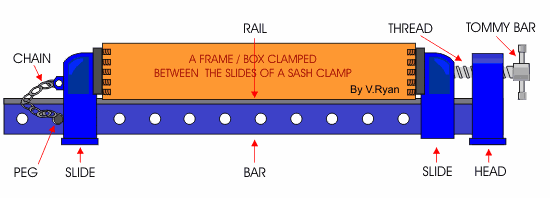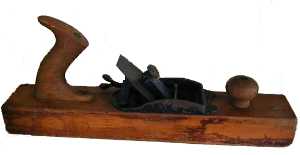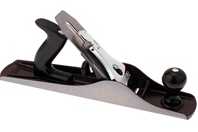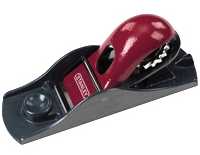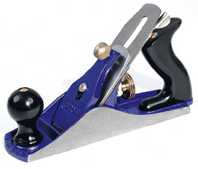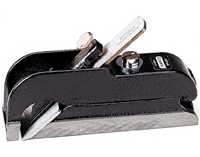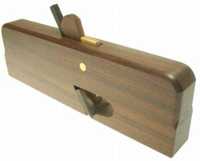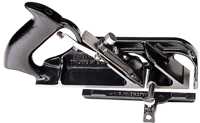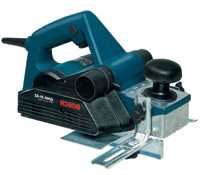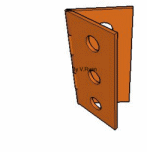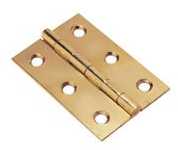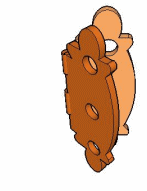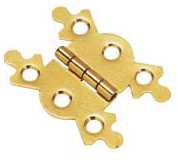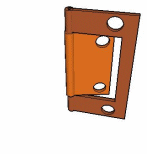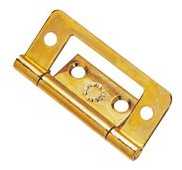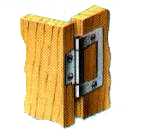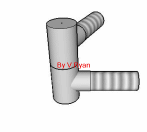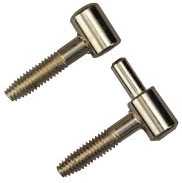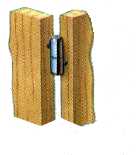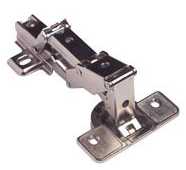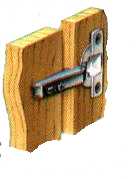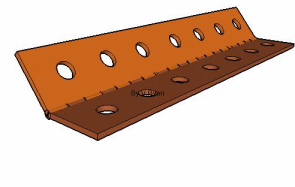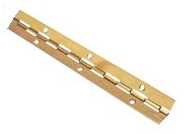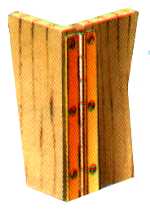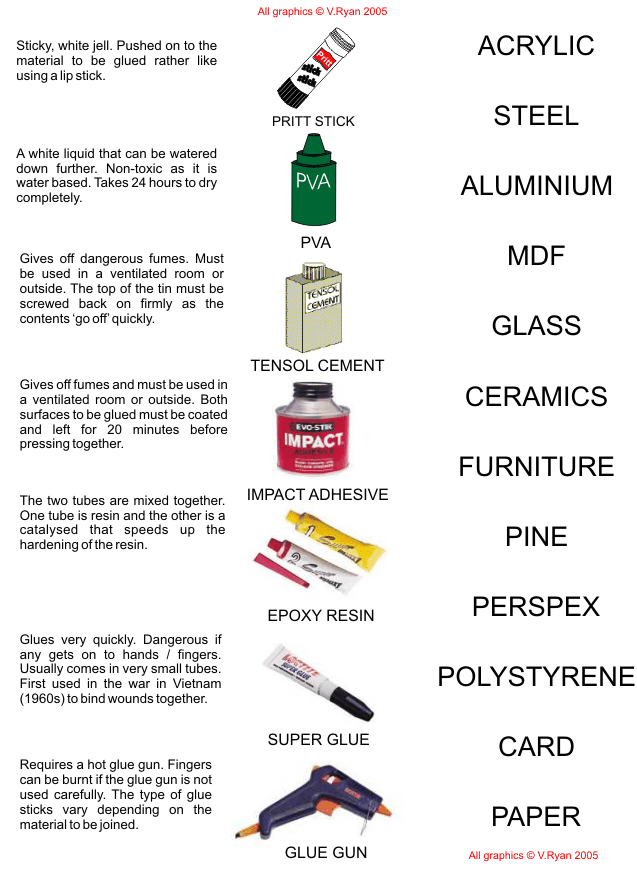The fretsaw is a general workshop machine. It is used to cut and shape light materials such as perspex, MDF and plywood. Fretsaws are made by different companies and they range in price depending on the quality of machine. The most expensive and probably the best are manufactured by the German company ‘Hegner’. These can be used to cut very detailed shapes and they are supplied with different types of blade according to the material that is to be cut.
Cheaper fretsaws are still very useful and they can cut a range of materials. The materials cut more easily if they are quite thin, for instance, any material thicker than 10mm would be difficult to shape. The general rule is that the thicker the material, the slower the machine operator pushes the work against the blade. | |
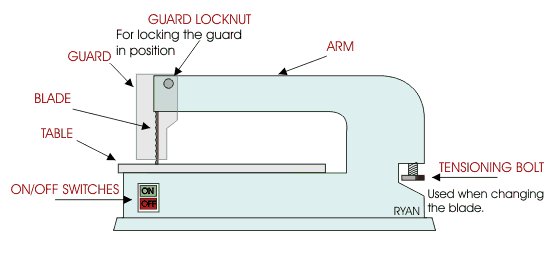 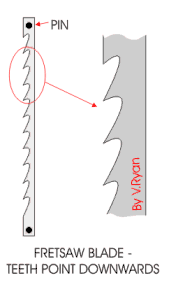 |
There are two types of machine drill, the bench drill and the pillar drill. The bench drill is used for drilling holes through materials including a range of woods, plastics and metals. It is normally bolted to a bench so that it cannot be pushed over and that larger pieces of material can be drilled safely.
The larger version of the machine drill is called the pillar drill. This has a long column which stands on the floor. This can do exactly the same work as the bench drill but because of its larger size it is capable of being used to drill larger pieces of materials and produce larger holes. | |||||||||||||||||||||||||||||||||||||||||||||
BENCH DRILL
|
PILLAR DRILL
| ||||||||||||||||||||||||||||||||||||||||||||
 |  | ||||||||||||||||||||||||||||||||||||||||||||
SAFETY
1. Always use the guard.
2. Wear goggles when drilling materials. 3. Clamp the materials down or use a machine vice. 4. Never hold materials by hand while drilling. 5. Always allow the ‘chippings’ to clear the drill by drilling a small amount at a time. 6. Follow all teacher instructions carefully. | |||||||||||||||||||||||||||||||||||||||||||||
| |||||||||||||||||||||||||||||||||||||||||||||




